English Bulldog vs Olde English Bulldogge: What are the Differences?
If you think that the English Bulldog and the Olde English Bulldogge are the same breed, you are hugely mistaken. While both are considered bully breeds, the difference goes beyond just the name. It includes distinctions in their origins, appearance, health issues, and exercise needs.
Here’s everything you need to know about the differences between English Bulldog and Olde English Bulldogge. Make sure to read all the way to know their key characteristics that will help you decide which breed is for you.
Origins of English Bulldog vs Olde English Bulldogge
English Bulldog Origin
The English Bulldog, as the breed’s name implies, originated in England in the 13th century. The breed was originally used for the blood sport of bull-baiting wherein a bull is staked for a pack of dogs to subdue. This brutal sport was a widely known form of entertainment during that era and the Bulldogs were commonly used for this due to their massive and powerful jaws as well as high pain tolerance.
Fortunately during 1835, England finally banned blood sports with animals but this did not stop illegal blood sports activities. It took several decades to completely obsolesce bull-baiting. On the other hand, the breed enthusiasts during that period began to convert these dogs from fighters to companion animals. By 1886, the breed was recognized by the AKC.
Olde English Bulldogge Origin
The Olde English Bulldogge, just like the English Bulldog, originated from England. This breed is believed to be the ancestors of many bull breeds that exist today. Originally bred for bull-baiting, the breed faced near extinction during the time when England banned blood sports for animals. Furthermore, selective breeding severely compromised the health and lifespan of the breed at that time.
In the early 1970s, David Leavitt, a dog breeder from Pennsylvania, started a breeding program which aimed to recreate the ancestral bulldog in terms of appearance, athleticism and health. As a result, this breed, known as the Olde English Bulldogge, looks similar to the bulldogs used for blood sports back then. The Olde English Bulldogge was recognized by the UKC in 2014.
Appearance, Color and Size
English Bulldog
The English Bulldog is a medium set dog with a stocky and low-swung body, a big and flat-faced head, wide shoulders, and short, sturdy limbs. Notable characteristics of this breed include the heavy wrinkles covering the face and their iconic undershot mouth. The colors of the English Bulldog may vary from red, white, fawn, fallow and their combinations. The breed’s coat is short and smooth. The standard sizes for mature males and females are about 50 and 40 pounds, respectively. The English Bulldog stands at 14-15 inches.
Olde English Bulldogge
The Olde English Bulldogge is a medium-sized breed with a muscular build, a rectangular body, a large and short head, and prominent shoulders. The length of the limbs of this breed is proportionate to their bodies. The colors of the Olde English Bulldogge include white, fawn, red, black, brindle, and their combinations. The breed’s coat is short with medium density. The average standard sizes for mature males and females are about 70 and 60 pounds, respectively. The Olde English Bulldogge stands at 16-20 inches.
In Comparison
In terms of appearance, the English Bulldog has a more wrinkled appearance and a shorter face than the Olde English Bulldogge. The variety of colors and coat quality between the breeds are quite similar. In terms of size, the Olde English Bulldogge is slightly taller, larger and heavier than the English Bulldog.
English vs Olde English Bulldog Personality and Temperament
English Bulldog
Even though the English Bulldog were originally bred for bull-baiting, the long process of transforming the breed into a companion animal almost bred out unwanted traits such as aggression and unpredictability. This breed is affectionate, loyal and has a good temperability, but may be a little protective of its owner and family. It is also known that English Bulldogs are quite lazy. The breed can be civil with other pets in the house but be apprehensive of dogs they are unfamiliar with.
Olde English Bulldogge
With the same roots, the Olde English Bulldogge has a similar personality and temperament to the English Bulldog. The breed is sociable, playful and loyal to their owners and family. One distinct difference from the English Bulldog is their higher energy drive, which makes them more trainable. However, this also means that they have a higher prey drive so caution is required with smaller dogs and pets.
Family Compatibility and Friendliness Towards Strangers
Both the English Bulldog and the Olde English Bulldogge are great family pets. They also do well with children because they are even-tempered with long patience. As with all dogs, supervision is required at every playtime between these breeds and children to make sure everyone is safe and happy.
With proper socialization, both the breeds will be approachable and calm in the presence of strangers. This is the reason why bulldog breeds are known to be people-oriented. However, there may be a risk of anxiety and aggression when it comes to unfamiliar dogs.
Activity Level and Exercise Needs
English Bulldog
The English Bulldog has a low energy level which requires around 30 minutes of exercise a day. They tolerate short 15-minute walks when it’s cool outside. It is important to provide water at all times and to keep exercise sessions short to avoid overexertion. They also enjoy games such as tug-of-war and ball games.
Olde English Bulldogge
The Olde English Bulldogge is a moderately active breed which requires around an hour of exercise a day. This breed enjoys regular walks and a yard for play. The Olde English Bulldogge loves games such as tug-of-war and fetch. Even though they are more athletic than the English Bulldog, it is important to keep exercise sessions shorter than half an hour to prevent overexertion.
Health Issues
English Bulldog
The English Bulldog is predisposed to health issues namely skin fold dermatitis, prolapsed nictitating membrane gland (a.k.a. cherry eye), brachycephalic obstructive airway syndrome (BOAS), and interdigital cysts (O’Neill et. al., 2022). The breed is also predisposed to obesity which may be a contributing factor to the aforementioned diseases.
Olde English Bulldogge
The Olde English Bulldogge is predisposed to health issues similar to the English Bulldog’s like skin fold dermatitis and BOAS but to a lesser extent due to their morphology. However, anecdotal evidence shows that this breed is predisposed to various forms of heart disease and entropion. The probability of these diseases in this breed have not been proven by any studies as of this writing.
Symptoms, Diagnosis and Treatment
BOAS
Brachycephalic obstructive airway syndrome, or BOAS, refers to a particular set of upper airway abnormalities including stenotic nares, elongated soft palate and hypoplastic trachea, all of which compromise breathing. Clinical signs and symptoms of BOAS include labored and noisy breathing, open-mouth breathing, and snoring. Affected dogs may also have exercise intolerance, coughing, gagging, and vomiting. Severely affected dogs may have episodes of fainting. In general, these symptoms are more frequently observed during hot and humid weather. Dogs with BOAS are at a very high risk for heat stroke.
This condition is tentatively diagnosed based on clinical signs and results of a physical examination. This is further confirmed through examination of the respiratory tract under general anesthesia.Treatment of BOAS includes medical and/or surgical management depending on the severity.
Skin Fold Dermatitis
Skin fold dermatitis is an infection formed in a pocket between two folds of skin causing itching, pain and malodorous smell. Reddish, itchy and smelly skin particularly on the folds are signs of this type of dermatitis. The offensive odor may not go away even after bathing. The folds may also have sticky and yellowish discharge which may be painful when cleaned.
A veterinarian can easily diagnose this issue upon physical examination. Further testing, such as a skin cytology, may be done to determine the specific type of infection. This condition is treated with oral and topical medications.
Interdigital Cysts
Interdigital cyst is a condition wherein an inflamed bump (cyst) forms in between the toes (interdigit) of the paw. This cyst is usually reddish and may rupture with trauma which will then leak clear, blood-tinged or purulent discharge. A dog with this condition will likely lick and chew the affected paw. They may also limp from pain.
Physical examination will diagnose interdigital cysts but further tests are required to determine the underlying cause. Depending on the cause, mild cases can be treated with topical management but severe cases complicated with secondary infections will be treated with long courses of antibiotics.
Cherry Eye
Cherry eye, medically known as prolapsed nictitating membrane gland, is a condition where a tear-producing gland inside the eye protrudes. This condition is irritating and may cause dry eyes in dogs. A smooth, round, red or pink mass in the inner corner of the eye is suggestive of the disorder. It may come and go in mild forms of the disease. It may also present in both eyes. Affected dogs may have excessive eye secretions. They may also try to paw their eyes.
An eye examination by a veterinarian is enough to determine the disorder. Surgery is the treatment of choice.
Entropion
Entropion is defined as the inward rolling of the eyelids. This results in continuous rubbing of the eyelashes on the cornea of the eye. Eye irritation, corneal ulcers and ocular hyperpigmentation may occur secondary to entropion. Dogs with entropion usually squint or hold their eyes shut. They also have excessive formation of tears which may sometimes be accompanied by a mucoid discharge. Most of the time, both eyes are affected.
A veterinarian will diagnose entropion through an eye examination. This abnormality is usually diagnosed in puppies less than one year of age. The only treatment is surgery where a section of skin is removed from the affected eyelid to reverse its inward rolling.
Heart Disease
Heart disease is an umbrella term for various heart conditions which include, but are not limited to, patent ductus arteriosus (PDA), mitral valve disease (MVD) and dilated cardiomyopathy (DCM).
PDA is the most common congenital heart disorder while MVD and DCM are the two most common acquired heart disorders in dogs. Early stages of acquired heart disease do not show signs in affected dogs, but a veterinarian may detect heart murmurs during physical examination. Some of the common signs of heart disease include coughing, difficulty breathing, exercise intolerance, weakness, collapse, weight loss, lethargy, abdominal bloating and stunted growth.
A veterinary cardiologist will diagnose a heart disease from physical examination, x-rays, echocardiography (ECG), and cardiac ultrasound. PDA is treated surgically. Acquired heart disorders are treated with oral medications to support heart function and treat abnormal heart rhythms. Dogs with heart disease will usually require regular recheck examinations, laboratory testing, and imaging.
In Comparison
The English Bulldog is expected to face more health issues than the Olde English Bulldogge. Firstly because English Bulldogs are lazy in nature, they are prone to obesity which exacerbates the symptoms of diseases such as BOAS. Additionally, their heavier facial wrinkles make them more prone to skin fold dermatitis than the Olde English Bulldogge.
Knowing these, it is important to manage the weights of both breeds to prevent obesity-related health conditions. Good grooming habits including regular cleaning of facial folds will also help prevent skin issues for both breeds. It is also essential to have regular veterinary visits when owning either of these breeds.
Price Comparison
Both the English Bulldog and Olde English Bulldogge will be expensive, estimated to be priced between $1,500 to $5,000.
English Bulldog puppies are usually born through cesarean sections which make them expensive to breed. The average price for these puppies is $1,500 from reputable breeders.
Olde English Bulldogge puppies are rarer because of the scarce number of breeders. This is what makes them more expensive than English Bulldog puppies with the average price of $2,500.
Key Differences and Considerations
To summarize, here is a table differentiating English Bulldogs and Olde English Bulldogges.

Conclusion
English Bulldogs and Olde English Bulldogs are both excellent choices as family pets. These breeds have good temperaments and are tolerant to children. They are both predisposed to certain diseases just like any other purebred dog but the English Bulldog is expected to face more health issues in its life. With the right husbandry and regular veterinary visits, both breeds will live long lives.
Do you own a bulldog? Share your experience by leaving us a comment below.
References
Hunter, Tammy. 2023. Heart Disease in Dogs. VCA Hospitals. Retrieved from https://vcahospitals.com/know-your-pet/heart-disease-in-dogs).
O’Neill, Dan; Skipper, Alison; Packer, Rowena; Lacey, Caitriona; Brodbelt, Dave; Church, David; Pegram, Camilla. 2022. English Bulldogs in the UK: a VetCompass study of their disorder predispositions and protections. Canine Medicine and Genetics.
Tou, Sandra. 2020. Patent Ductus Arteriosus in Animals. Merck Veterinary Manual. NJ USA.

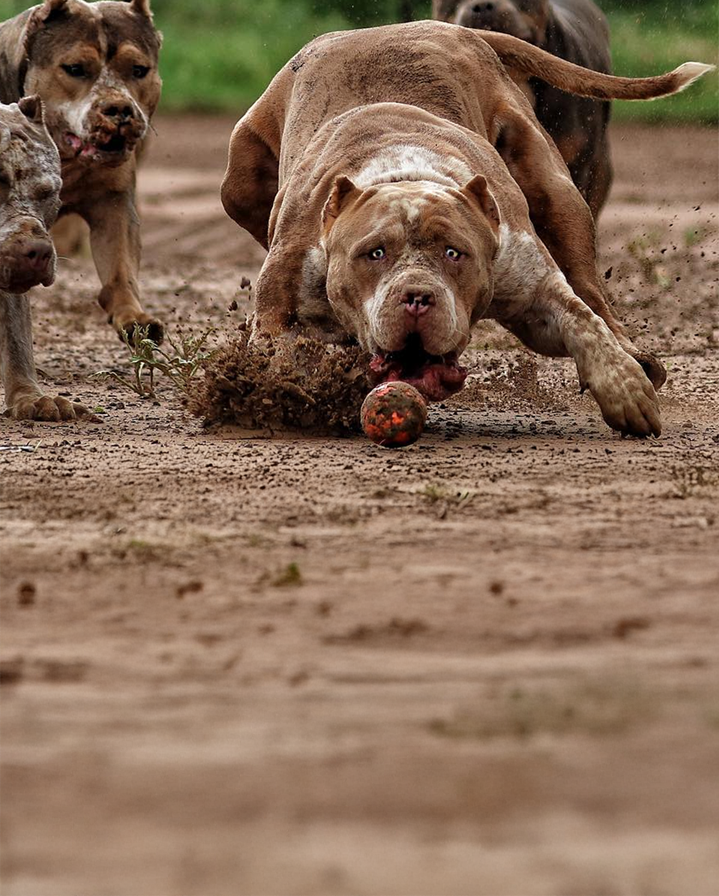
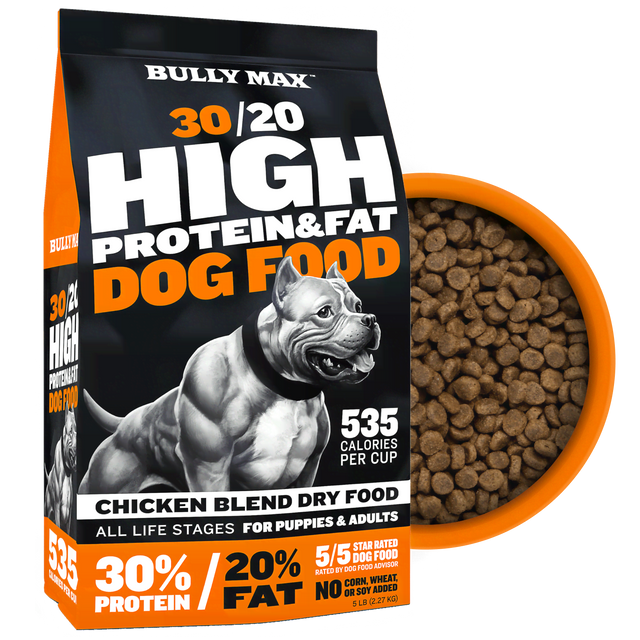
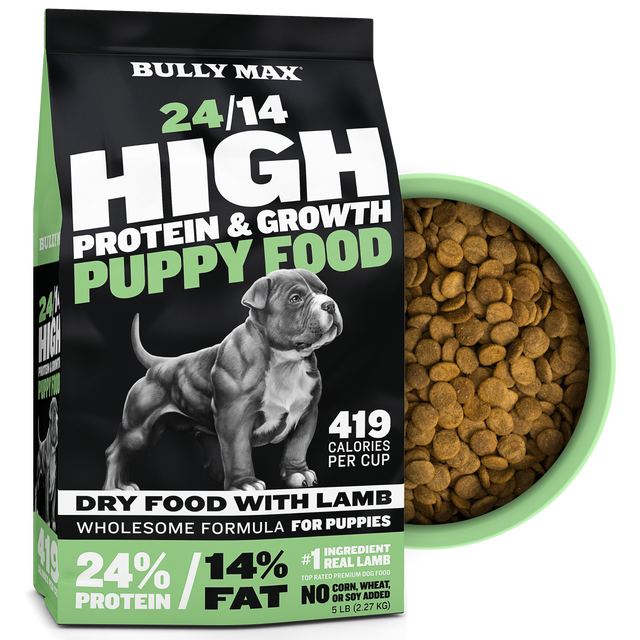
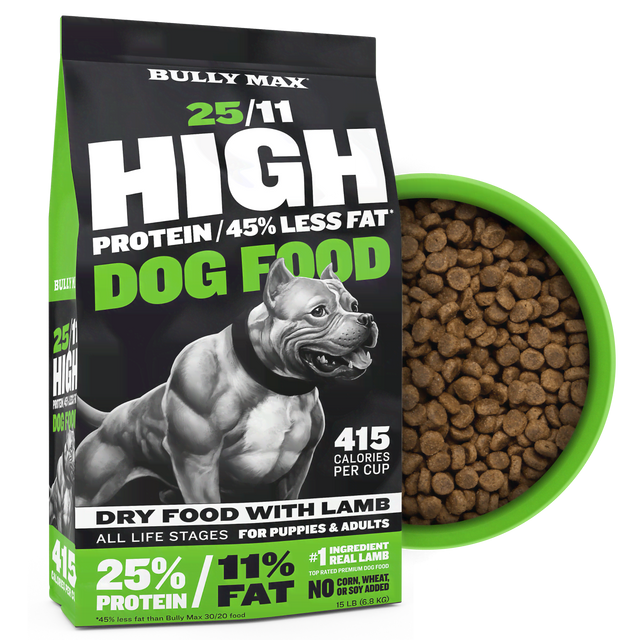
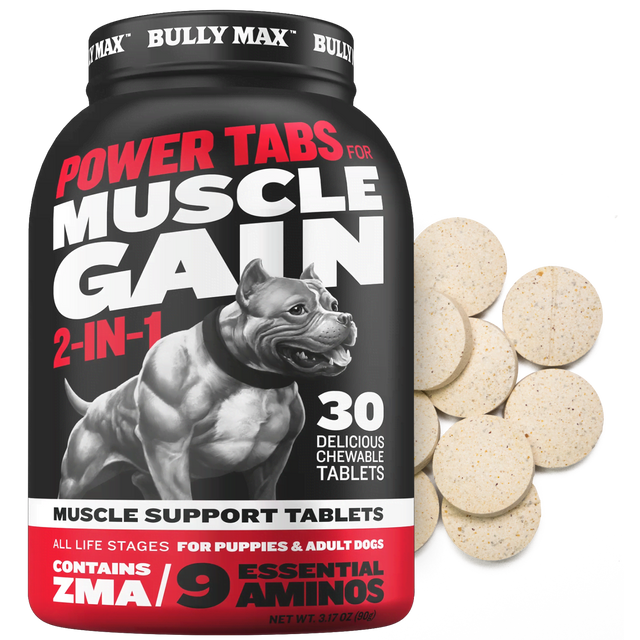

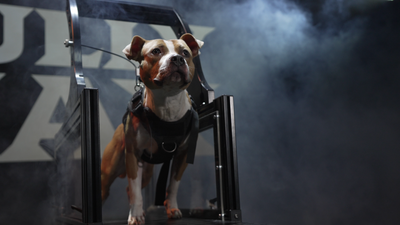
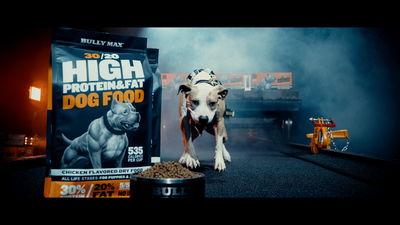
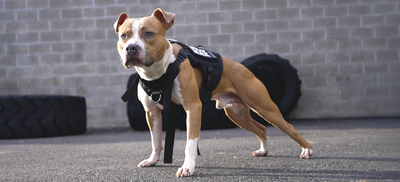
6 comments
I love my 5yr old English Bulldog. He is fun, loyal, stubborn and very. Yet, he shows every emotion it with much love & care. Well, I like to think so. He makes me laugh everyday with his odd and very stubborn behavior. He wants all my attention and doesn’t like it when I’m entertain others because he wants all the attention for himself! He is a great watchdog listening for every movement and sound making sure to stand whatever it is down never leaving my side. He is a bit lazy but I will take him on a 10 minute walk daily. Anything more will probably give him a heart attack. He is a little obese and is always hungry and begging for food by drooling every where. I love him to pieces and I will cherish every day he gives me
My wife and I are lucky to have one of each. By comparison Odi our English is a couch potato whereas Gracie are Olde English Bulldogge drives us crazy sometimes because of how active she is. They are both great dogs and I would recommend them to anyone.
I have a oldee bulldog mixed with a English setter very strong willed set in his ways and thinks he’s a lap dog
I fell in love with Olde English Bulldogge breed because of their individual personalities my male is affectionate, but protective of me, obedient but will at times challenge me for Alpha. I don’t give an inch with him and this has made him I to a well behaved protective affectionate companion. Absolutely not for first time dog owners learning your dogs body language is a must in my opinion.
My husband and I were very fortunate to be given a male Bull Dog pup from his older brother’s female dog’s litter. Reggie was the best dog ever, he did have to undergo soft pallet surgery at the University of Pennsylvania Animal Hospital, but he was with us for almost 12 years.